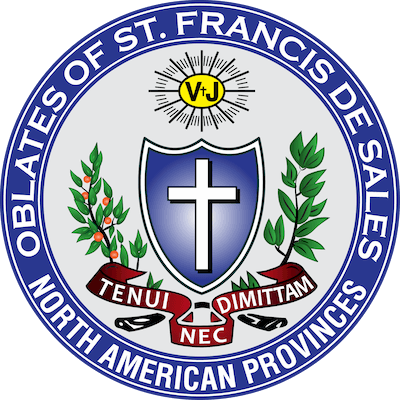This passage from John follows the multiplication that we heard last week and precedes the heart of the “bread of life” discourse in weeks 3 and 4 and the curious conclusion in week 5. In today’s gospel, we see that the central dynamic between Jesus and the crowd is one familiar to us: Johannine misunderstanding – where we hear something that makes Jesus’ adversary sound “less enlightened, dumber” than we and, of course, not as smart as Jesus. It is like watching Sherlock Holmes and hearing Dr. Watson make some not-so-smart comments that make us smile.
The crowd did not get it. They thought after last week’s episode with the bread and fish that either he was a great source of inspiration that moved their hearts to share, or he was a wonderful, magical provider.
He said, “I am the bread of life; whoever comes to me will never hunger, and whoever believes in me will never thirst.” Now, with this claim, he requires faith from them.
But . . . they want more proof. There was a strong rabbinic belief that when the messiah came into the world, he would bring a return of the manna. We recall that Jews believed that Moses’ greatest work was the gift of the manna, and also that the Messiah’s work would even surpass that. Moses and the Messiah would form highpoints of Jewish history. Their question, “What can you do?” was a challenge. The miracle of the 5000 was insufficient for them because in their judgment it was not certainly bread from God. It was ordinary bread from Moses. Is it not curious that the Hebrew word, manna, means, “What is it?”
Jesus reminded them that the manna was from God, not Moses and that the manna was only symbolic of the bread of life that came from God. He was claiming that complete satisfaction of hunger and thirst came from him, Jesus, who came from God.
Because “the bread of life” is the spiritual nourishment that god consistently gives to everyone, and because Jesus is the word who connects our father to us, it is Jesus who is the “bread of life” and whose relationship with you and me empowers us never to experience spiritual hunger or thirst. Never to experience spiritual hunger or thirst is a not as good way of saying that “Jesus is life.” as in “the way, the truth, and the life.”
In this climactic exchange, he claims that the reality of God is present in the person of Jesus.
This is heady stuff. It is why an eagle in Christian art symbolizes John the evangelist, the traditional author of the fourth Gospel. He soars with us to the heights of theology. He never calls what we refer to as “miracles” as “miracles.” He calls them “signs.” He neatly included them after the prologue in the first twelve of the twenty-five chapters in his Gospel, and before the “book of glory” – the story of his passion and death with an added appendix.
Next week and the following week we will get to the heart of the bread of life discourse.



